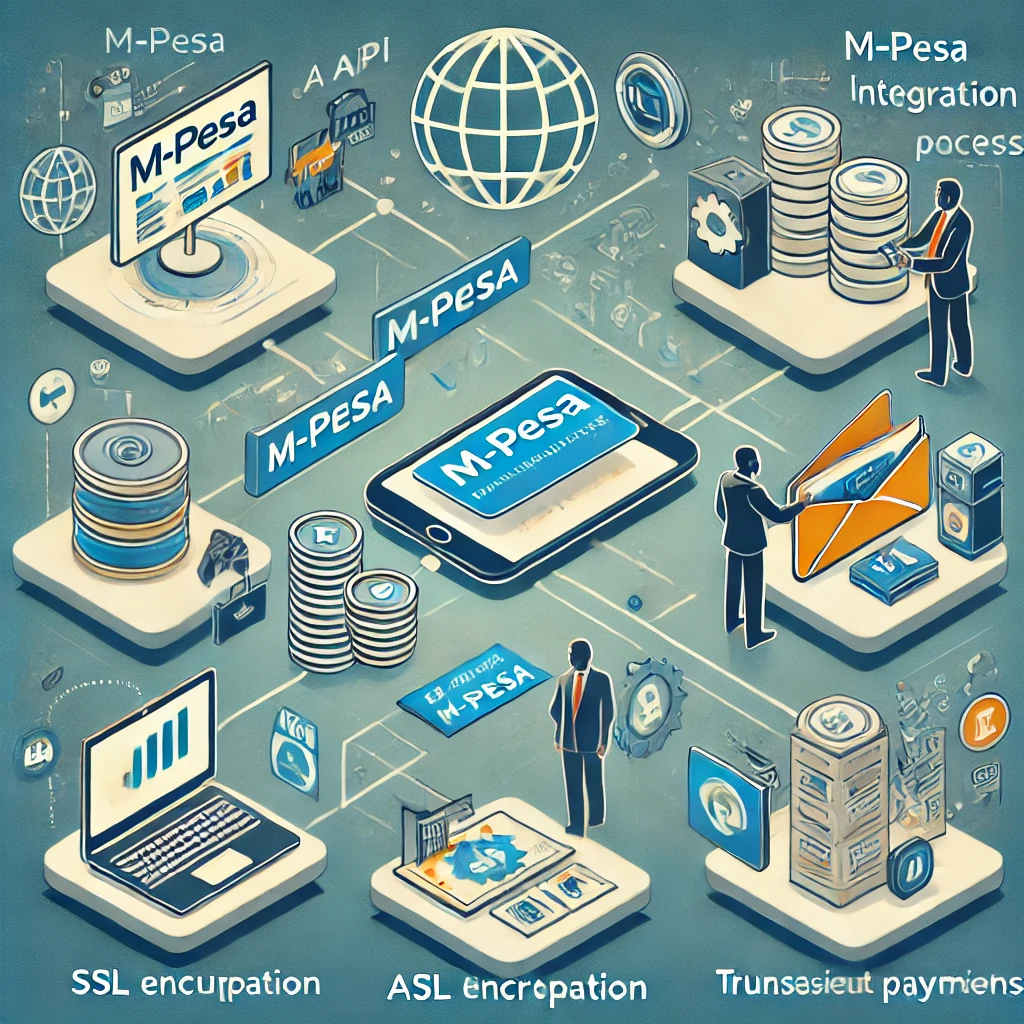No products in the cart.

8 Essential Elements To Have In A Modern Website
Introduction
You’re probably familiar with the basics of website design: a good layout, easy-to-read text, and clear images. But what about the smaller details?
Designing a website can be tricky. You need to make sure that it’s not only visually appealing, but also user-friendly and optimized for search engines. And that’s not to mention the ever-changing landscape of online marketing.
8 Essential Elements To Have In A Modern Website
To help you out, we’ve put together a list of the 8 essential elements you need to have in a modern website. Keep reading to learn more!
1. Develop a Great Mobile-Friendly Design
When it comes to website design, having a mobile-friendly version is no longer an option,it’s essential. In fact, Google now penalizes websites that aren’t mobile-friendly, which means you could be losing traffic and business without even realizing it.
That’s why it’s essential to have your mobile users in mind when designing a website. Your layout should be simple and easy to navigate on a small screen, and all of your content should be easy to read. You should also avoid using any Flash or other technologies that do not support mobile devices.
If you’re not sure whether your website is mobile-friendly, Google has a handy tool that will test it for you. Check it here
2. Include Essential SEO Elements in Web Design
When you’re creating a website, there are a few essential SEO elements that you need to keep in mind. These will help your website rank higher in search engine results pages and help potential customers find you.
Some of the most important SEO elements to include in your web design are:
- A clear, concise headline
- An engaging introduction
- Keywords and phrases throughout the website
- A meta description for each page
- An XML sitemap
- Robots.txt and .htaccess files
Among other SEO elements
3. Prioritize Site Speed and Loading Times
Load time is one of the most important aspects of any website. In fact, it’s been shown that if a website takes longer than three seconds to load, visitors are likely to abandon it.
That’s why it’s important to prioritize site speed and loading times when building your website. Make sure that you’re using images and videos that are in appropriate size, and avoid clogging up your pages with too much text or excess code.
Use a caching plugin to help keep your site running quickly, and make sure you’re testing your site on different devices and browsers to ensure that it loads correctly for everyone.
4. Focus on Accessibility
The fourth essential element in a modern website is accessibility. Making sure that everyone can access your website and have the same experience no matter their abilities is an absolute must. You should also make all content available to users, regardless of devices they’re using to access your website. Allowing people to access content easily, quickly, and without barriers should be the primary focus when designing a modern website.
To ensure accessibility, it’s important that your website is compliant with WCAG 2.0 guidelines. This includes making sure the text is resizable, elements are keyboard-accessible, and you use alt-text for images. You should also opt for a clear and simple layout so it’s easy to navigate through the various pages of your site. Finally, don’t forget about using appropriate colors that are easy on the eyes for all users.
5. Utilize Engaging Visual Content
One of the essential elements that should never be overlooked is your website’s visuals. Visual content has a much bigger impact on user experience than text, so it is important to utilize images, videos, and animations that engage your visitors.
Start by choosing visuals that have the same feel and esthetic as your brand. For example, if you are a furniture store, you may want to include photos of people in cozy living spaces or have a modern-looking video as the background. Also, think about incorporating videos into product pages or creating an interactive slideshow for a gallery section.
The end result should be visuals that are esthetically pleasing and draw attention without being too distracting. Remember to make sure all the images you use look professional and high quality!
6. Incorporate Interactivity and Fun Elements
Adding interactive elements to your website not only provide useful information to visitors, they can also make the experience enjoyable. After all, the more engaging someone is the more likely they are to stay on your website longer and take further action.
There are many different ways to incorporate interactivity into your website. Consider adding a poll to get feedback from visitors or a quiz to help visitors find the best product or service that meets their needs. You can also add fun elements like animations, videos and GIFs that can give visitors a break from reading and can even help deliver a message in a memorable way.
Whatever type of interactivity you choose, it’s important that it resonates with your target audience and supports your goals for the website. Picking the right elements and using them strategically is key for creating an engaging website experience for visitors.
7. Streamline Navigation and Internal Linking
When users land on your website, you want to be sure that they can find what they’re looking for quickly and easily. To make this happen, you need to streamline your website’s navigation and internal linking.
A well-structured navigation structure will help visitors find the information they need quickly, without having to jump from page to page. Keep in mind that when it comes to navigation, less is more and less is better – this means that you should limit the amount of menu items that you include in your navigation. Additionally, it’s important to consider how your users are most likely going to move through your site when deciding on a navigation structure.
You can also help visitors by providing clear links throughout your website with internal linking. This will help users navigate around your website quickly, while also directing them towards additional resources that can help them learn more about a particular subject or product.
8. Design With Security in Mind
You also need to keep security in mind when designing your website. This includes ensuring you protect your website from spammers, hackers, and other bad actors.
Make sure your server is set up correctly to reduce the risk of malicious attacks and data breaches, and enable secure SSL certificates for an encrypted connection. You should also consider investing in firewalls and two-factor authentication, as well as keeping all software programs and plugins up to date.
And of course, make sure to include a privacy policy statement that outlines how you use the visitor’s data and what they can do if they no longer want you to collect it. This not only shows you care about their security but can also help you comply with strict international regulations like GDPR.
Conclusion
When it comes to building a website, there are essential elements that you need to have in order to create a modern website. By focusing on these 8 essential elements you need to have in a modern website, you’ll be able to create a website that is both functional and visually appealing.





